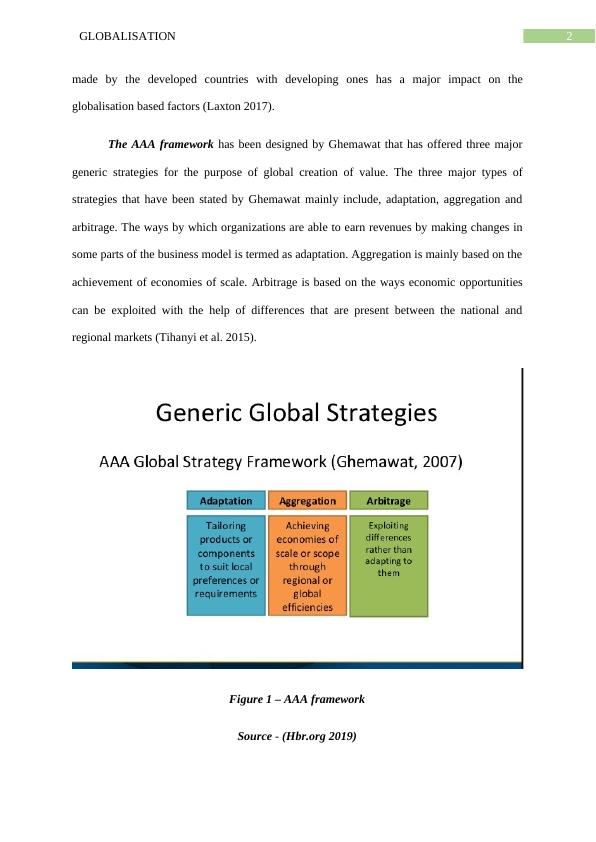Effects of Globalisation: Pankaj Ghemawat's Theory
Added on 2023-05-28
6 Pages702 Words415 Views
End of preview
Want to access all the pages? Upload your documents or become a member.
Strategy Development
|13
|2541
|134
AAA Theory: Strategies for Creating Global Value
|11
|2486
|207
Unilever Global Business Strategy Case
|4
|886
|28
Global Strategy for Starbucks: Aligning with Ghemawat’s AAA Framework
|5
|872
|134
Competitive Strategy
|7
|1086
|158
SCM523 - Competitive Strategy of Starbucks
|7
|1245
|66



